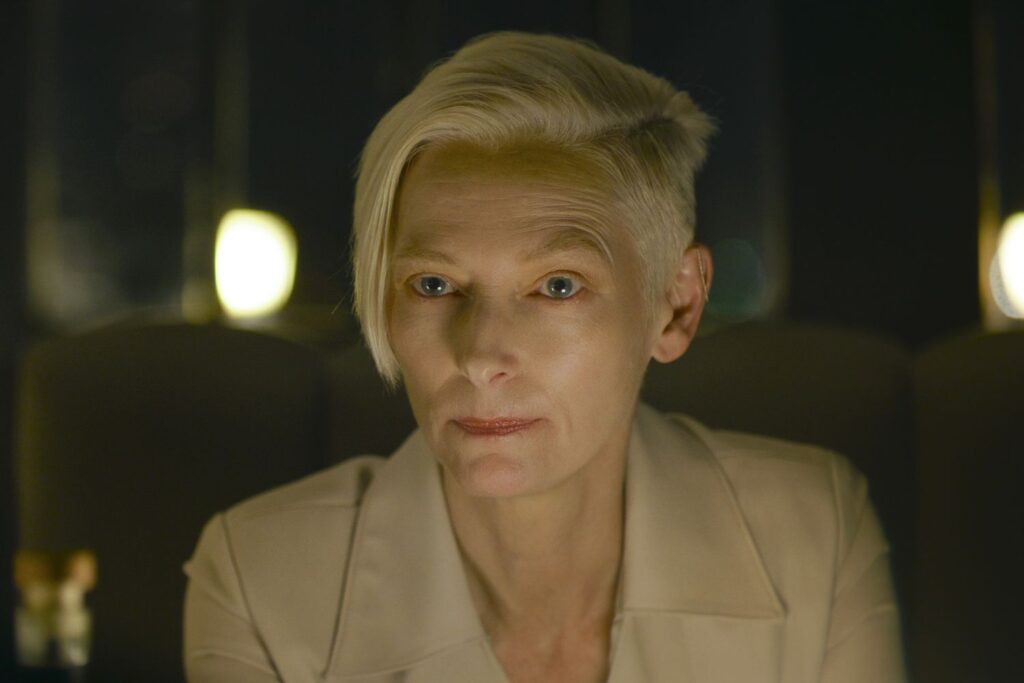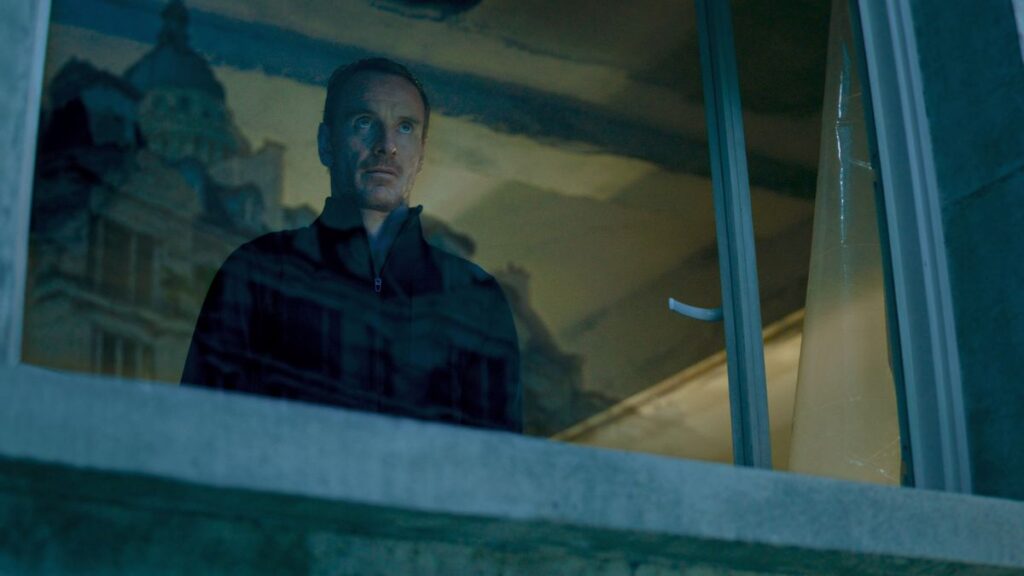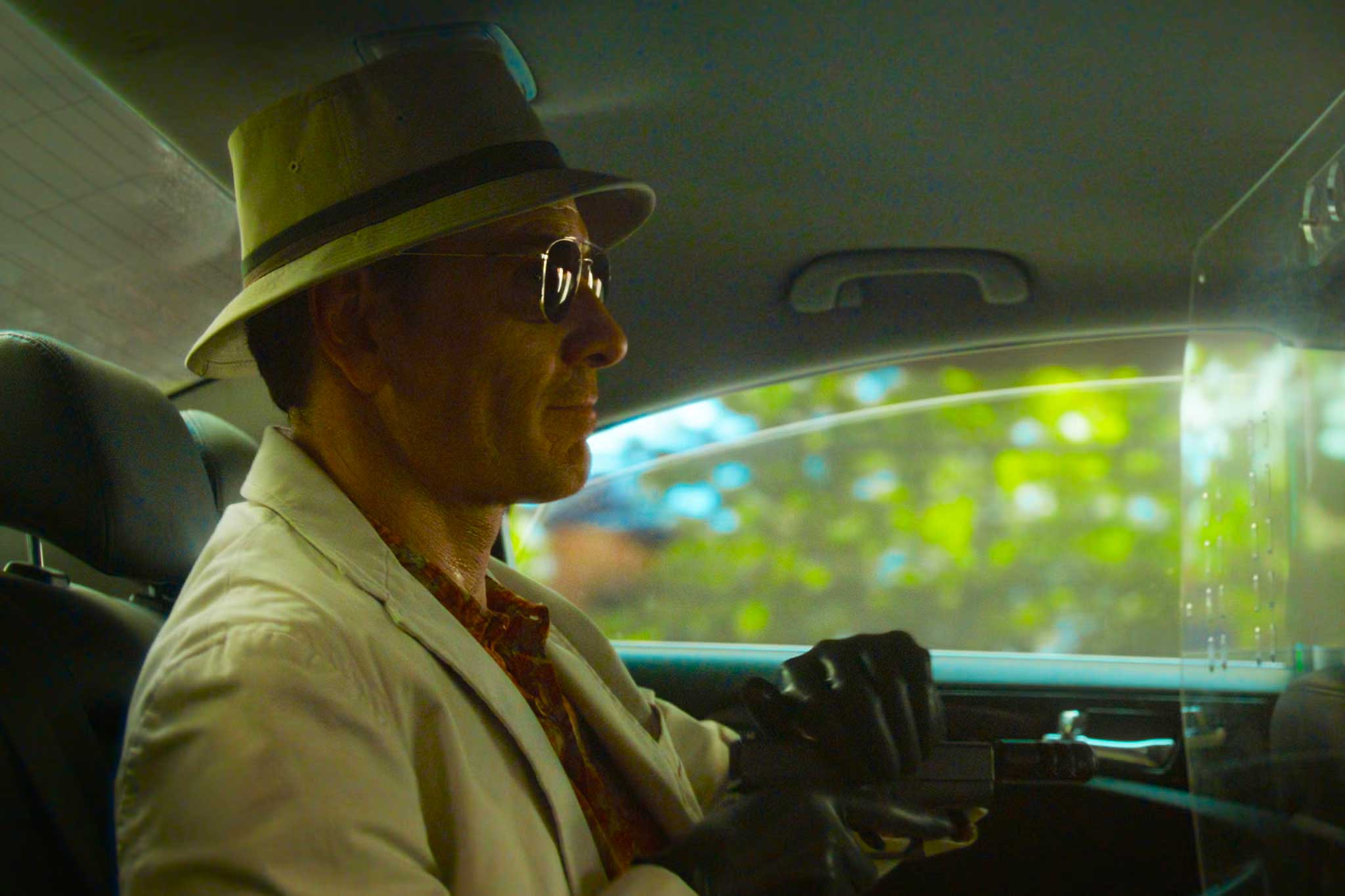Netflix David Fincher Movie The Killer Killingless Ending Explained. In the dark corners of David Fincher’s cinematic world, where there isn’t even a hint of morality, and vengeance is the only thing guiding these characters, “The Killer” emerges as a chilling symphony of retribution. A tale woven with the cold precision of an ice pick, this Netflix masterpiece follows the enigmatic assassin, portrayed with eerie brilliance by Michael Fassbender. As the narrative unfolds, an unexpected turn in the climax leaves audiences questioning the calculated choices of a killer who defies the expected blood-soaked finale. (But first, can I tell you that I think that Trent Reznor, and Atticus Ross’ screenplay is already etched in marble as the best screenplay of the year? And the SOUNDTRACK! Almost 100% The Smiths? I mean?? Magical? Anyone?? So brilliant.)
Curious how you could watch such amazing goodness? (And while I do get money for your clicking this link, I have literally, no exaggeration, gotten thousands and thousand and thousands of people to click these links from Justwatch – and I’ve made a sum total of $32 dollars. Not sort of, that is exactly what I’ve made. And I have to write a letter to them in like SPAIN, with an invoice, to get them to mail me a CHECK. Let’s be clear, I solely add these links to Justwatch for you, so that you can find these films easier. Promise. I will NEVer be collecting that $32.)

The Killer Movie Walkthrough
David Fincher’s, The Killer, explores the psyche of an assassin, driven by a quest for revenge after a botched hit thrusts him into a web of betrayal. The film opens as we watch our hitman and his patient, and diligent routines. We watch him sleep, do yoga, sleep, quietly slip into and out of his hiding place, sleep, wait, etc. Until finally, he gets his chance to hit his target. He’s never missed on a job before, until this time. This time? He misses, and with that, his well-ordered, and perfectly routine life, flips upside down. It turns out, after screwing up his first job, someone is now out to kill him… but instead, they’ve seriously maimed the one woman that he loves. So, from the neon-lit streets of Paris to the sun-soaked beaches of the Dominican Republic, the assassin, known only as “The Killer,” orchestrates a meticulously planned vendetta against those who disrupted his ice-cold existence. Fassbender’s portrayal captures the essence of a character marked by patience, precision, and physical prowess, bringing a unique intensity to the film.
The Killer pulls at the one thread that he has, and the movie begins to weaves its way through a series of calculated killings. Each one revealing another layer of the assassin’s complex personality, and dragging him closer and closer to the secret behind why someone is obviously out to kill him. From swanky dinners to nail-gun confrontations, “The Killer” navigates a world where violence is a language spoken fluently. Eventually his journey of revenge leads him into the lap of Tilda Swinton, who he ends with a bullet to her head. Then to the calculating Charles Parnell.
It all comes to a head when The Killer finally arrives at the offices of “The Client.” He happens to be a bit of a billionaire cryptobro named Claybourne. EVERYTHING is heading to this moment… and a pile of bodies says, this will end violently for him. Very, very painfully, and very, very horribly. And it’s the anticipation of this violence that we have waited for the entire movie. It’s all culminating in this one, particular, moment. It’s perfect. He’s groveling. The Killer will end him. This much is really obvious. But the anticipation of a gruesome confrontation is replaced by a surprising twist when The Killer, against all expectations, decides not to pull the trigger. It’s a moment that leaves viewers on the edge of their seats, questioning the motive behind sparing the man responsible for the assassin’s torment. I mean… WHAT? What is happening here?

Theories to Explain The Murderless Ending of The Killer
Theory #1 The Killer is Ironic
The movie is entitled, The Killer. What is a more IRONIC ending than a killer that doesn’t kill his ultimate victim? That’s it. That’s theory number one. Could it be that David Fincher is just being ironically funny by having his killer NOT kill someone? Sort of a postmodern twisting of the knife (or not?).
Theory #2 The Killer is Pragmatic
There are two ways you can read the ending of the movie The Killer. One way is just through the lens of pragmatism. Contrary to the bloodlust that defined the preceding narrative, the assassin’s decision to spare Claybourne just makes common sense. Fincher is on the record as stating that Claybourne is the one person unaware of The Killer’s whereabouts or biographical details . In a world where every move is calculated, the decision to spare Claybourne is rooted in self-preservation. The director emphasizes that Claybourne, while an antagonist, doesn’t rise to the level of an immediate threat.
The logic is clear: the assassin eliminates potential threats along the way, from Leo, the cabbie who unwittingly assisted his attackers, to Dolores, Hodges’ secretary. These casualties, though innocent, are deemed too risky to spare. However, Claybourne, portrayed as an antagonist bankrolling nefarious activities, doesn’t pose an imminent danger. The calculated killer, standing across from Claybourne, evaluates the situation with clinical precision, deeming him more of an annoyance than a threat.
Theory #3 The Killer Wants NOT to Be The Killer
Yes, who am I to disagree with the creator of his own film, but could it be that the character that is The Killer, isn’t wanting to be The Killer anymore? Even Fincher acknowledges that Theory #2, the pragmatic explanation, wasn’t agreed to across the creative team that made the movie.
And while Theory #2 would argue that Claybourne didn’t rise to the level of needing to be dealt with, you could also argue that this is The Killer, turning over a new leaf. The anti-climax, is the climax… it’s the real change that is necessary for him to move on with his life. The Killer, in this moment, is transcending the conventional boundaries of his moral quicksand he’s been trapped in his entire professional life.
And the reason I believe this is the right answer was because The Killer had never made a mistake before. He thought himself infallible. Today he learned that wasn’t the case. He went from god, with the power of life and death in his hands… to a pawn at the hands of a much larger agenda. And he realized that he immediately jeopardized the life of the one person he loved… and he also realized it wasn’t worth it. Maybe. We do see his eye twitch when he says that he’s a normal person now. So maybe he will go back to his career in the future. Or maybe the life on the beach will suit him. Who knows.
Final Thoughts on The Killer
I loved this movie. The talkative murderer? Brilliant. We learn about his joy of making accidents happen. Slipping in close. Overcoming security measures, and other attempts to keep him away. And to hear how he works hard to keep it impersonal. Keep his heart rate down. Stick to the plan. To anticipate. I found it really fascinating. Better yet, I loved our main character, I loved his demeanor, I loved …. THIS SOUNDTRACK! Oh, my goodness… (Never mind the fact that I’ve been on a Morrissey kick for the last few months. That and a Trent kick too (I’m always on a Trent Reznor kick… that is a music kick that never ends.)) Some have found this movie too pensive, or talky talky, or introspective? Hogwash. It was brilliant throughout.

